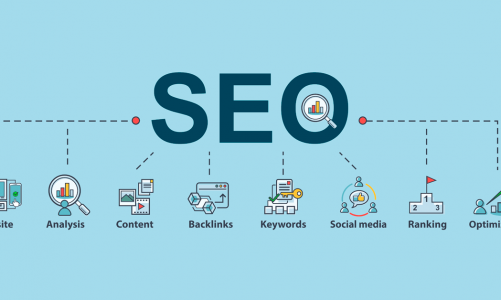NetbaseQuid is a social listening and analytics company that helps clients better understand what their customers say about them online. NetBaseQuid has two main products: Social Media Listening and Brand Insight. The goal of both products is to provide powerful insights into how your target audience interacts with the brand on social media so you can identify potential problems or opportunities for improvement, monitor competitors’ activities, and get the most out of your marketing efforts.
How social listening tools work
Social listening tools work by ingesting and analyzing large public data sets on social media, such as Twitter and Facebook. The most basic type of listening tool looks for specific keywords or hashtags in status updates or tweets. Other tools can be more sophisticated, with the ability to search by brand names, customer service issues, product categories, and geography.
The quality of information that a company receives depends on which social platforms they decide to monitor and how detailed their questions are: while some types of research can be done on any platform (e.g., looking at overall sentiments), some require the use of proprietary technology such as machine learning algorithms to interpret meaning from text (e.g., detecting sarcasm). It is essential to choose social analytics tools that can provide actionable insights, especially when looking at complex issues such as customer service problems.
A social listening tool will produce reports with statistics on how many times a keyword or topic was mentioned in posts, including location data, sentiment, and strength of language used. Most companies use these reports to understand the general public’s perception of a brand. However, some organizations have adopted a more advanced approach by creating content for people to interact with then using social media monitoring tools to see how the audience responds – this process is called Social CRM. This allows marketers to create strategic content that influences consumer opinions and behavior online rather than passively observing it.
How do social listening tools analyze online conversations specific to a brand?
Social listening tools use machine learning technology to “learn” about the brand over time by looking at how people interact with the company on social media. Every interaction – post, like, retweet, comment – is stored in a searchable database. There are several types of analytics tools available (both free and paid) that can analyze various levels of data depending on what questions you would like answered:
1) Sentiment Analysis – determines whether or not your market has a positive or negative view of your brand.
2) Demographics – provides information about the age, gender, and location of people commenting
3) Network Graph – creates a dynamic visualization diagram showing relationships between your customers and followers
4) Influencers – identifies influential users who have a strong following
5) Language – looks at the general “feel” of a post in terms of semantic meaning
6) Sentiment Over Time – tracks changes in sentiment over time to identify trends and spikes
7) Customer Satisfaction – monitors customer service issues to make sure problems are fixed promptly and that customers are satisfied with the response from your company.
What information do social listening tools monitor?
Primarily, social listening tools monitor conversations about your brand. These interactions can take place on any platform, and the tool will aggregate them into one central location for use in reports or to identify trends. Some tools look at every social media interaction while others focus more specifically on certain types of content:
1) Posts – customers writing status updates about their experience with your brand
2) Links – customers mentioning your brand and posting websites or blog links
3) Photos – customers using images with relevant branding
4) Videos – customers uploading videos including copyrighted logos, products, events, etc.
5) News Articles – articles published online containing information about you
6) Reviews – customers posting reviews to third-party review sites such as Yelp and TripAdvisor
7) Memes – customers creating images with captions that reference your brand
8) Customer Service Complaints – any type of communication directly related to customer service.
Note: This monitoring depends on companies collecting social data themselves and responding accordingly.




